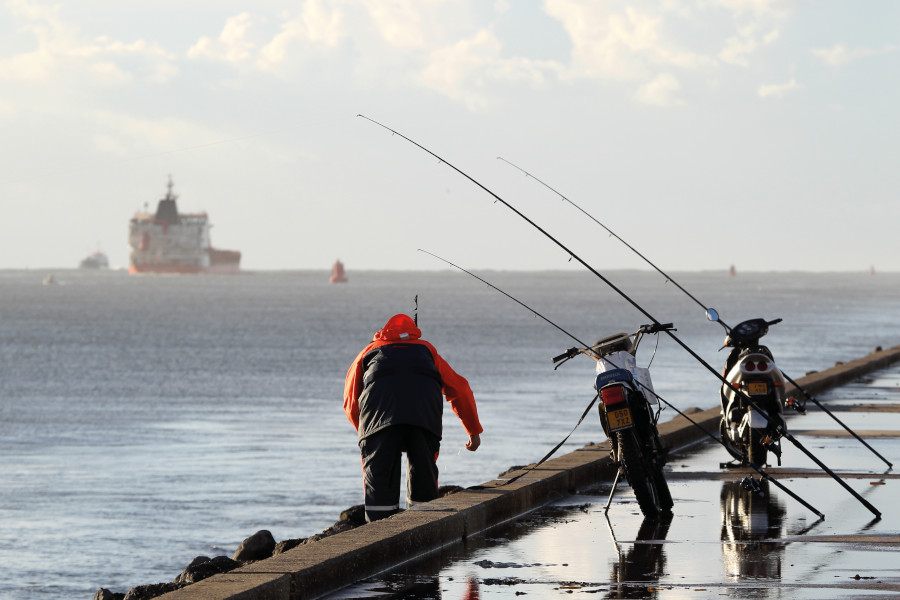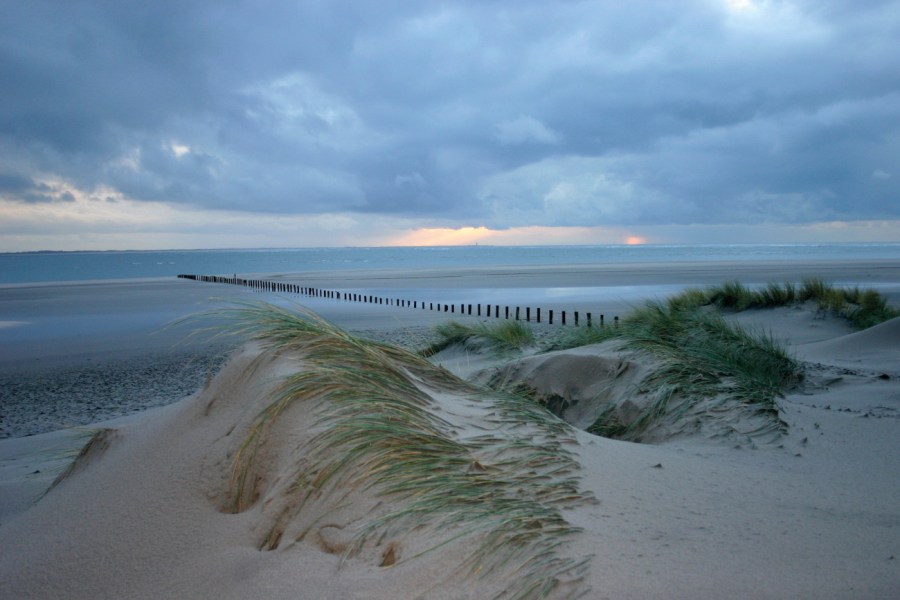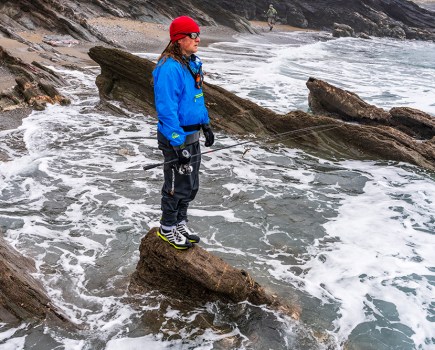The year 2020 was well and truly a year of extremes. Covid kept the world in its thrall. Some sectors saw businesses go bankrupt left, right and centre while other sectors thrived like never before. The angling industry was certainly one of those! Angling retailers, online business, clubs; everybody is profiting from the circumstances.
Sportfishing Netherlands, the national angling body in the Netherlands, sold tens of thousands of extra fishing permits and it has never been so busy at the waterside. At one point, partly due to the enormous demand for sea bait, Topsy Baits was not able to supply the Dutch market for a couple of weeks. Luckily there were more sources for bait and most of us could still go fishing.
GATHERING INTEL
However, all those anglers at the waterside did result in me having to change my plans at the last minute more than a few times. Spots that would always be free were now frequently already taken which led me to forego daytime fishing, especially at the weekends.
All that hustle and bustle is not really for me. On those days I prefer to step on my bike and peddle over the dikes looking for conversation with fellow fishing enthusiasts. This is a great way to gather a lot of information. At times you will get really interesting info and at other times you will be given information or tips that make you wonder why you did not think of this yourself.
Which only goes to show that things that are obvious for one is a true gem of knowledge for someone else. So maybe it is a good idea to take the time to shed some light on the most basic aspects of our beloved sport.

TIDES
The tide is probably one of the most important factors in sea fishing. Basically everything in sea fishing depends on a good tide. Of course, there are exceptions to this rule, but gathering information on the tides will certainly come in handy.
You see, the tide is more than just high or low water. For instance, the tides are a cause for currents in the water. These currents entice fish to start moving, which in turn causes them to start foraging. It is difficult to say which type of fish can best be caught at which tide. Most fish will become active either when the ebb or flow current commences or is about to end.
There are predictable and logical explanations why you go out fishing at a certain tide. As a general rule, if you are fishing for whiting or flounder from the beach then be sure to fish at low tide, as you will reach deeper water more easily.
If you prefer to use a float to pick out bass from between the rocks, then fish at high tide, because most rocks will then be under the waterline. This is common knowledge for most angers but a bit of extra knowledge with regards to the currents between ebb and flow always helps. It will also be of help at home during your preparations.
UNDERSTANDING CURRENTS
Along the Dutch coast the flood current moves about more water than the ebb current does. The flood current runs parallel to the beach in a north-western direction. This current actually starts two hours before the high water and not just after flood, as is commonly believed.
After six hours the current dies down; we call this slack tide. An hour later the ebb current kicks in. This runs in a southerly direction and has a duration of three hours before the ebb to two-and-a-half hours after low water.
You will have the best chance of catching fish while the current is active, we all know that. But it is less common knowledge that the strength of the current differs from day to day, and this is caused by the position of the moon with regards to the Earth.
If you know how strong the current is on the chosen fishing day you can keep this in mind while assembling your rigs; that way you can minimalise what you bring to the waterside.
LUNAR CYCLE
Every 29 days, 12 hours and 44 minutes the moon and the Earth will be in line with each other twice: full moon and new moon. The strength of the tides will be quite a bit stronger now causing higher and lower water levels.
We call this spring tide. The days around spring tide will yield more fish than the days around neap tide. Reading Sea Angler you will more often than not come across experienced anglers targeting fish on the tides coming up to, or falling away from, spring tides.
In this same period there will be a neap tide twice, which coincides with the first and last quarter of the moon. The name already describes the phenomenon. The water movement is minimal now and the current many times weaker.
You can certainly still go fishing now, the fish will bite, but they will do so a bit less than during the stronger currents of a series of spring tides. Of course, there are exceptions to the rule. If you want to go fish on mullet then you are better off doing this on the days around a neap tide; they feel more comfortable in weaker current.
If you make notes of your catch after each session with a short description of the tide you will be sure to see patterns appear where you can plan your next sessions. Every tide table will tell you when full moon, new moon, first quarter and last quarter will take place.
You will also be able to see how high or low the water level will be compared to the national water level, this is indicated with – cm for low water and + cm for high water. The bigger the difference between these values, the harder the current is that day. You can adjust your gear accordingly at home.







